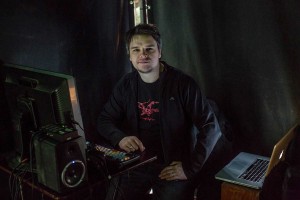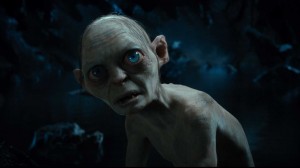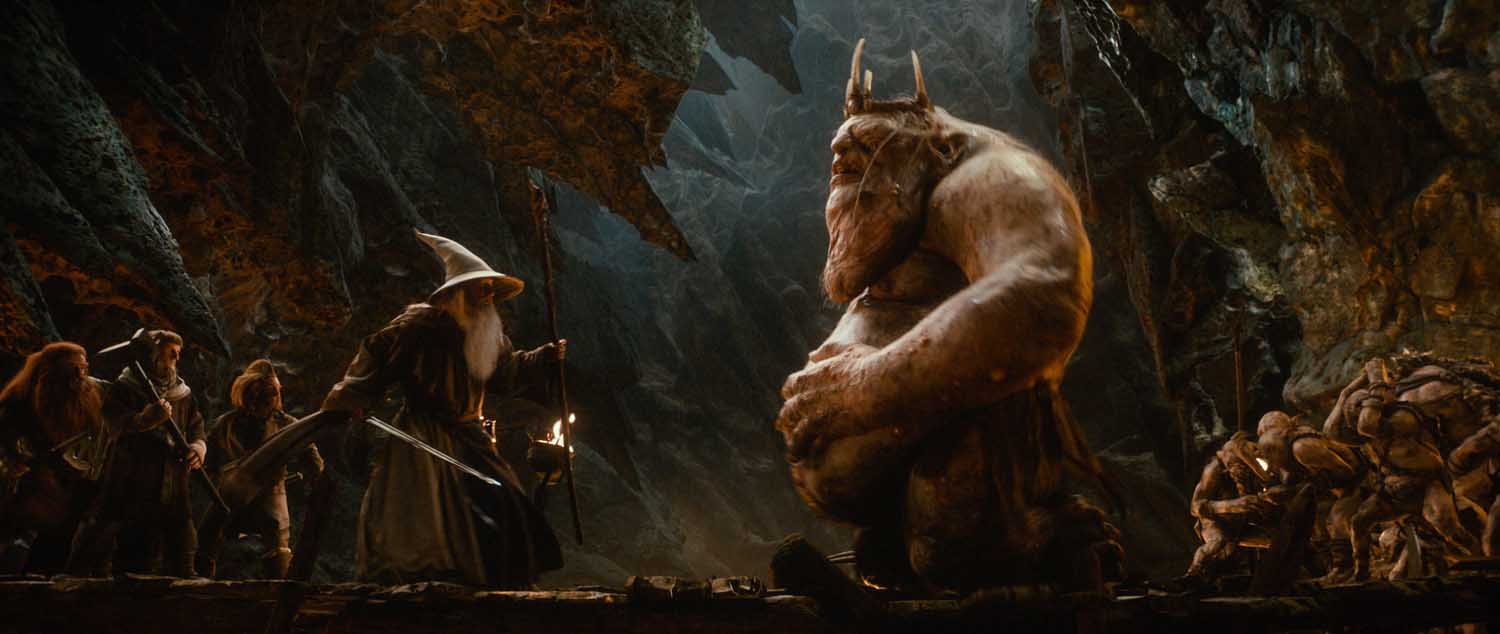
The challenge that Jabez Olssen faced in editing director Peter Jackson‘s The Hobbit was the immense scale of the production, which shot what will ultimately be three films over one extended 18-month shooting schedule. “The fact that we had a big cast and a big story – the shear amount of footage, was probably the biggest challenge more than any individual piece of it,” said Olssen. Originally planned to be two films, well into production the decision was made to break the story into three parts. This change in the structure meant that the filmmakers did not have to lose as much of the story in editorial.
Although Olssen concentrated on editing An Unexpected Journey, the first part of the story, because the trilogy was not filmed in continuity, dailies for the whole screenplay came into editorial as they were shot. At least Olssen – who worked as an assistant editor and additional editor on two films from the Lord of the Rings trilogy – had the advantage of improved technology over those films. He was able to have the Avid on set for the entire production of The Hobbit. This allowed him to pull selects and review cuts with Jackson whenever the director had downtime during the shoot, speeding up the editing.

The extensive amount of visual effects, dictated much of the editorial process. The pre-visualization team started before production, working with editorial on the big action scenes. These scenes went through several iterations during that stage. Fine-tuning the sequences in pre-viz eliminated the need for extensive re-dos of finished VFX, critical to meet the release date for the first film, which was slated a mere six months after wrap. Having all the effects work done by Weta Digital also helped the compressed post schedule.
Other improvements in technology aided the performances of critical scenes. On the Lord of the Rings, all the characters created through visual effects were shot live with the performances then being repeated on a motion capture stage. On The Hobbit, characters such as the Pale One and Goblin King, were shot on the motion capture stage with the rough computer rendering being cut into the edit, sometimes after comping into the plates, but the character Gollum was captured on set with Andy Serkis acting opposite Martin Freeman who played Bilbo Baggins. The tracking cameras, along with the lighting and rigging were set-up on location in the same way they would have been on a clean motion capture stage. Olssen used the plates with Serkis’ performance in his edit until the actor was painted out and replaced with the digital Gollum.
The Gollum sequence was the first thing to be shot in the 18-month schedule. About 12 pages in the script and nine minutes on screen, Jackson filmed a lot of coverage from multiple angles. “Peter shot the entire scene without stopping in every take,” said Olssen. “It was like a one-act play was being performed every time a take was recorded.” Not only were there long takes, but the director also covered the scene from both sides of the line, including shots that would allow Olssen to switch sides in the edit. Choosing the best takes and editing all that footage was an enormous task. “Peter is definitely a director that likes to have choices in the cutting room,” Olssen explained. “He doesn’t lock himself into one way of cutting a scene.”
Nevertheless, whether a show has a lot of visual effects, or a lot of footage, Olssen approaches the edit in the same way, “You try to find the right way to tell the story. You try to find the best performances. You try to find the rhythm for each scene.”






